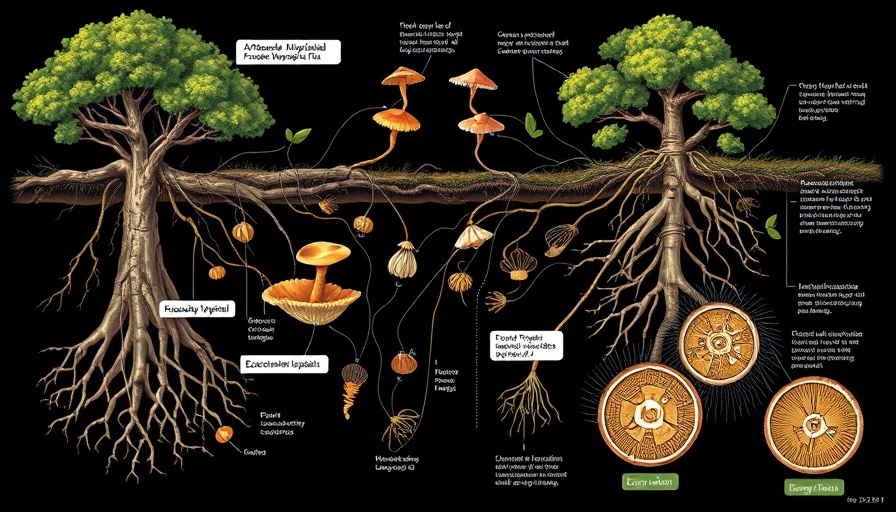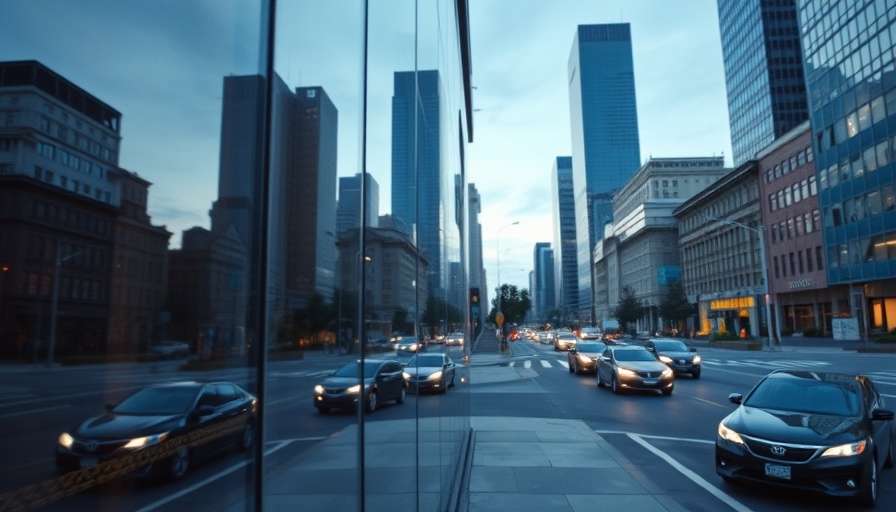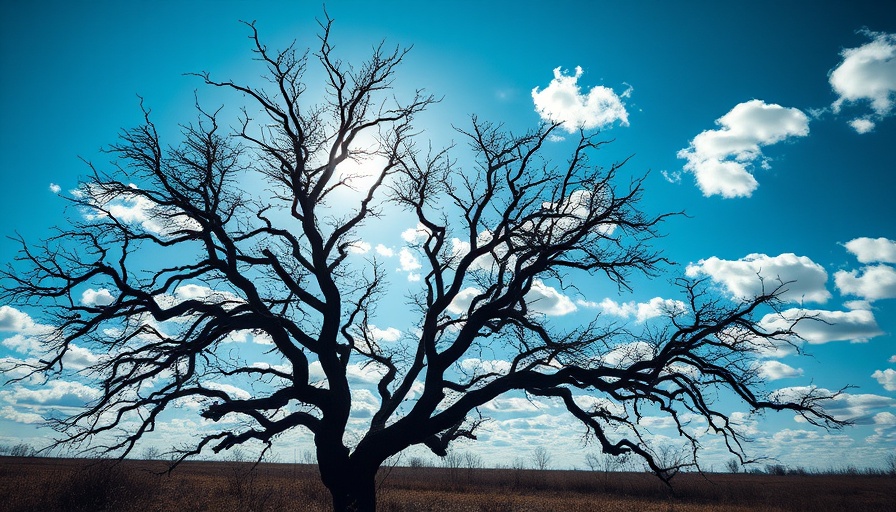
The Silent Guardians of Our Ecosystems: Mycorrhizal Fungi
Imagine an intricate web beneath our feet, sprawling across forests and fields, connecting plants and aiding their growth. This incredible system is formed by mycorrhizal fungi, the unsung heroes that ensure our ecosystems flourish. A recent study highlights the urgent need for conservation measures to protect these essential networks, as scientists have uncovered alarming data regarding their status worldwide.
Why Mycorrhizal Fungi Matter
The Society for the Protection of Underground Networks (SPUN) reports that around 90% of mycorrhizal fungi biodiversity hotspots are found in unprotected areas. This situation poses a significant threat to carbon cycling, agricultural productivity, and ecosystem resilience, particularly amidst climate extremes. “When we disrupt these critical ecosystem engineers, forest regeneration slows, crops fail, and biodiversity above ground begins to unravel,” warns Dr. Toby Kiers, Executive Director of SPUN. Recognizing the contribution of mycorrhizal fungi to nutrient cycling and soil health is crucial for cultivating an awareness that can drive conservation efforts.
Connecting the Dots: Impact on Boutique Hospitality
For boutique hospitality professionals, understanding the ecological significance of mycorrhizal fungi can translate directly into sustainable practices. By promoting biodiversity in hotel gardens or eco-lodges, these entrepreneurs can harness the benefits of healthy fungal networks. This not only enhances the aesthetic appeal of their properties but also contributes to greater food production, benefiting local communities and reducing dependency on external suppliers.
Combatting Climate Change: A Multifaceted Approach
Mycorrhizal fungi play a pivotal role in carbon sequestration, storing over 13 billion tons of carbon annually, which accounts for about a third of global fossil fuel emissions. This positions them as critical allies in the fight against climate change. However, their significance is often overlooked in climate strategies and conservation plans. Boutique hospitality venues have a unique opportunity to spotlight this in their marketing efforts, aligning their missions with broader environmental objectives that resonate with eco-conscious travelers.
Sustainable Practices: Simple Steps for Eco-Conscious Lodging
Implementing sustainable practices can start with small changes. Utilizing organic gardening methods or engaging in chaos gardening—the technique of planting diverse crops together—allows for the natural proliferation of mycorrhizal fungi. This approach ensures that guests not only stay in an eco-friendly environment but also appreciate the interconnectedness of life within it.
Fungi and the Future: Predictions for Biodiversity Conservation
As the global community rallies against climate change, embracing and incorporating the protection of mycorrhizal networks into conservation agendas will become increasingly vital. Hotel owners can align their strategies with these initiatives, potentially receiving recognition for their commitment to preserving our planet’s health.
Creating Awareness: A Collective Responsibility
Engaging with guests around the importance of underground networks can foster a sense of community and shared responsibility. Offering educational materials or organizing workshops on sustainable gardening techniques can inspire not just action, but a cultivation of knowledge necessary for future generations.
In conclusion, the call to protect Earth’s underground fungi networks is not just a scientific concern; it’s a call to action for every individual, especially those in the hospitality sector. As the climate continues to change, our commitment to sustaining these vital networks will ensure a healthier planet for all.
Act Now: Become a steward of nature by promoting sustainable practices in your hospitality ventures. Share knowledge about the significance of mycorrhizal networks with your guests and encourage them to engage with the environment. Together, we can protect our planet’s ecosystems.
 Add Row
Add Row  Add
Add 




Write A Comment